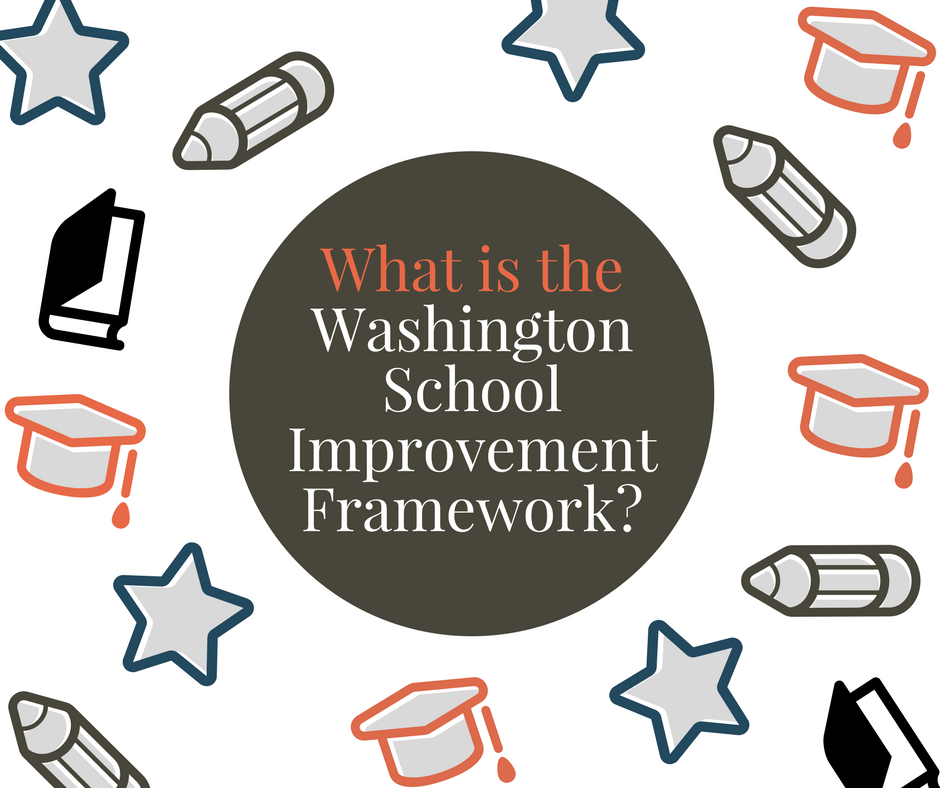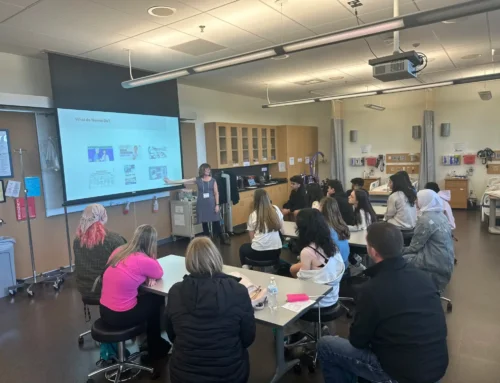
On March 16, I sat in a classroom at the Northwest Educational Service District (NWESD) while the Office of the Superintendent of Public Instruction (OSPI)unveiledthe new Washington School Improvement Framework (WSIF) to our region’s superintendents. The WSIF is Washington’s response to the new Every Student Succeeds Act (ESSA), which replaced No Child Left Behind (NCLB) back in the Obama era.Whew! Those are enough acronyms to make your head spin!
What I learned:
Washington’s new accountability system has launched, and schools are identified under the new Washington School Improvement Framework (WSIF) as called for in the federal Every Student Succeeds Act (ESSA).
But what is the WSIF, and what does it mean for our schools?
The WSIF is the framework for accountability in Washington State. Each school is measured on the framework, and the Office of Superintendent of Public Instruction (OSPI) has identified schools for additional supports, called comprehensive and targeted supports.
Under the new support model within OSPI, all schools will gain access to a suite of self-directed foundational supports that will help close opportunity gaps. The goal of the support model is "continuous improvement" in all schools, and all schools can look into their WSIF data to find areas that may need extra attention.
Some of the requirements still in place:
Academic Standards—for reading, math,and science.
Annual Testing—reading and math required in grades 3-8 and once in high school; science required once in grade school, middle school, and high school.
Accountability— graduation rates, growth and proficiency on state tests in math and English language arts, and English learner progress.
New to the plan:
Language Acquisition:Schools must now test for Language acquisition and must report those results. In Washington, we use the ELPA 21 test.
Non-Academic Accountability Measures: School quality factors that WA state selected are—attendance, ninth grade on track for graduation, and dual credit courses.
Comprehensive supports are developed for schools that fall into the lowest performing five percent for all schools across the state or have a graduation rate below 67 percent. In the NWESD region, five schools were identified to receive comprehensive supports for performance and 33 schools were identified to receive supports for graduation rate.
Targeted supports are developed for schools that have three or more (3+) student groups who fall below the five percent threshold set by all schools. In the NWESD region, 17 schools were identified for this level of targeted supports.
Seventy-six of our region’s schools have one or two student groups that fall below the five percent threshold and will receive a suite of self-directed supports to help spur continuous improvement in their schools.
Later this spring, details will emerge for support services for the identified schools. Our ESD will be offering support for schools to understand the data, make school improvement plans and examine best practices to support our student groups.
Resources:
Your NWESD WSIF/ESSA Contacts:
Pam Estvold pestvold@nwesd.org
-Ed



